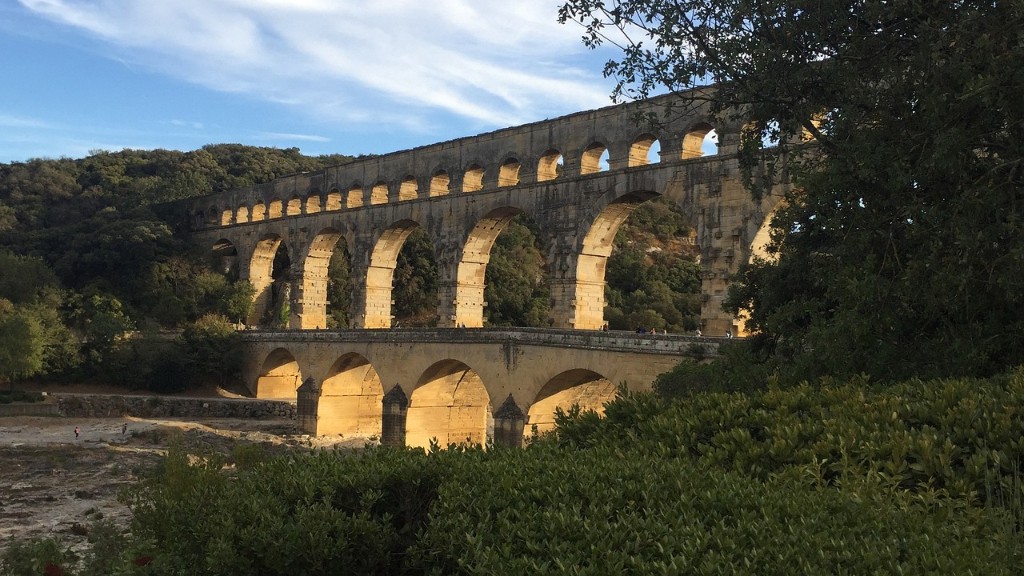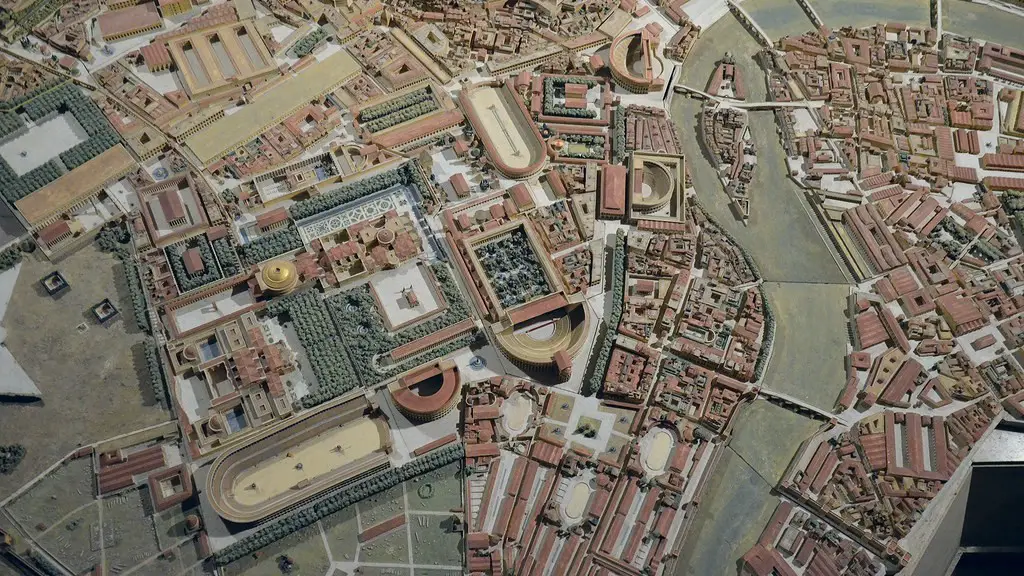Background information
The ancient Romans were known for their amazing figures in marble and bronze. They were part of the highly developed Greco-Roman world and used their knowledge, skills and imagination to craft sculptures. The Romans had a large range of sculpture from religious to funerary, from portraiture to national symbols, from plain to lively. Their art was a part of their way of life and their symbolic expression of their culture.
The Greek sculptors that led the movement of large-scale marble sculpture were the forerunners in the Roman sculpture. The Greeks introduced the art of realistic portraiture, as well as a fascinating variety of religious, mythological and heroic subjects. Roman art followed Greek style closely, but placed a greater emphasis on portraiture and realism. They also began to create works of larger scale, beginning with small marble figures and progressing to floor-to-ceiling sculptures.
Religious figures
The most common subject of Roman sculpture was the gods and goddesses of the Roman pantheon. The gods, including Jupiter, Mars and Neptune, were draped in classically styled garments and held symbols of their powers. They were also often wearing laurel wreaths.
The ancient Romans also sculpted a number of different mythical figures, including Demeter, the goddess of agriculture and harvest, and many heroes of ancient Roman mythology. For instance, the Emperor Augustus was often depicted as the hero Aeneas, the legendary founder of Rome.
The Romans also created sculptures of mythological beasts such as centaurs, medusa, and syrens, which were used in the funerary and decorative arts. These figures were used to represent the power of mythological creatures and symbolize the power of death.
Portraits
The Romans were excellent portrait sculptors and crafted life-like effigies of many of their emperors and aristocrats. Augustus, the first Roman Emperor, was immortalized as a statue wearing a laurel crown and a cape. Other emperors that were represented in portrait sculptures include Nero, Caligula and Hadrian.
The Romans were known for their technique of capturing the emotions of their subjects. It is possible to see the subjects’ expressions of happiness, surprise, anger, grief and joy in the sculptures. This technique was also used in the sacred art of the Roman Empire.
Funerary Art
The Romans also used sculptures to commemorate their dead. Funerary sculptures, also known as tomb effigies, were common in Rome and represented the deceased people. Most of these sculptures were placed in elaborately decorated tombs and designed to capture the individual’s personality.
The common Roman practice was to create sculptures around the graves of the deceased. This was done in order to ensure that the individual’s memory would remain alive even after death. This was popular in the upper classes, as the sculptures were often decorated with gold and silver.
National Symbols
The Romans also created sculptures for their cities and provinces. These sculptures served as symbols of their culture and history. The most popular of these sculptures was the Roman Colosseum which was a symbol of the Roman Empire and its might. It was an enormous amphitheater constructed entirely of marble, and was an impressive symbol of Roman culture and power.
Other national symbols included the Arch of Constantine, the Column of Trajan and the Column of Marcus Aurelius. These sculptures were made to immortalize the conquests of the Roman Emperors and to represent their greatness.
Analyzing the topic
Ancient Roman sculptures were more than just decorative pieces, they were a symbol of their culture and power. They were used to immortalize their gods and goddesses, their heroes and their emperors.
The Romans were also renowned for their attention to detail, and were able to capture the emotions of their subjects in their sculptures. This was an art that was highly valued by the Romans and was admired by their contemporaries.
Overall, sculptures by ancient Romans reflected their sense of power, their ambition and the extent to which they managed to record history through art.
Role of material
The quality of the materials used to create ancient Roman sculptures contributed to the success of their art. The marble used to craft sculptures was incredibly strong and able to preserve the sculptures for centuries. Bronzes were also used to great effect, as they were often adorned with gold and silver to enhance their exterior features.
The use of bronze allowed the Romans to craft intricate and detailed sculptures. This gave them the ability to depict their subjects with realism and accuracy. It also made it possible to create large scale sculptures that stood the test of time, such as the Colosseum.
Interpreting the Work
The work of the ancient Romans has since been interpreted by modern artists and scholars. Many of their sculptures have also been restored to their original condition, further establishing their presence in the world of art.
The work of the Roman sculptors has been highly influencing the works of European artists and significant examples of their art can be found in museums throughout the world. Their works continue to inspire and educate the public about the art of ancient Rome and the importance of their culture.
Preservation of art
The preservation and conservation of ancient Roman sculpture is vitally important in order to accurately represent the artistic and cultural significance of the work. Museums play an essential role in this preservation as they house the sculptures and allow for further research, interpretation and appreciation of the work.
The advancement of technology has also allowed for the further protection and preservation of Roman sculpture. 3D scanning, for instance, provides an accessible way for the public to view these sculptures in virtual environments.
Overall, the preservation and conservation of ancient Roman sculpture is essential in order to protect their legacy and importance to our culture.
Conclusion of the Role of Experts
Experts play a vital role in the study of ancient Roman sculpture. Through their research, they are able to uncover more information about the artwork and add to the vast body of knowledge. Scholars are also important in the restoration of these works, as they can bring them back to their original condition.
The work of preservationists is also key to the longevity of these sculptures. They work hard to ensure that they are properly restored and protected from degradation and wear. This allows for the work to be enjoyed for many years to come.
Overall, the efforts of modern experts are essential in the study and preservation of ancient Roman sculpture. Their research and dedication to the preservation of this invaluable art form ensures its lasting legacy.


